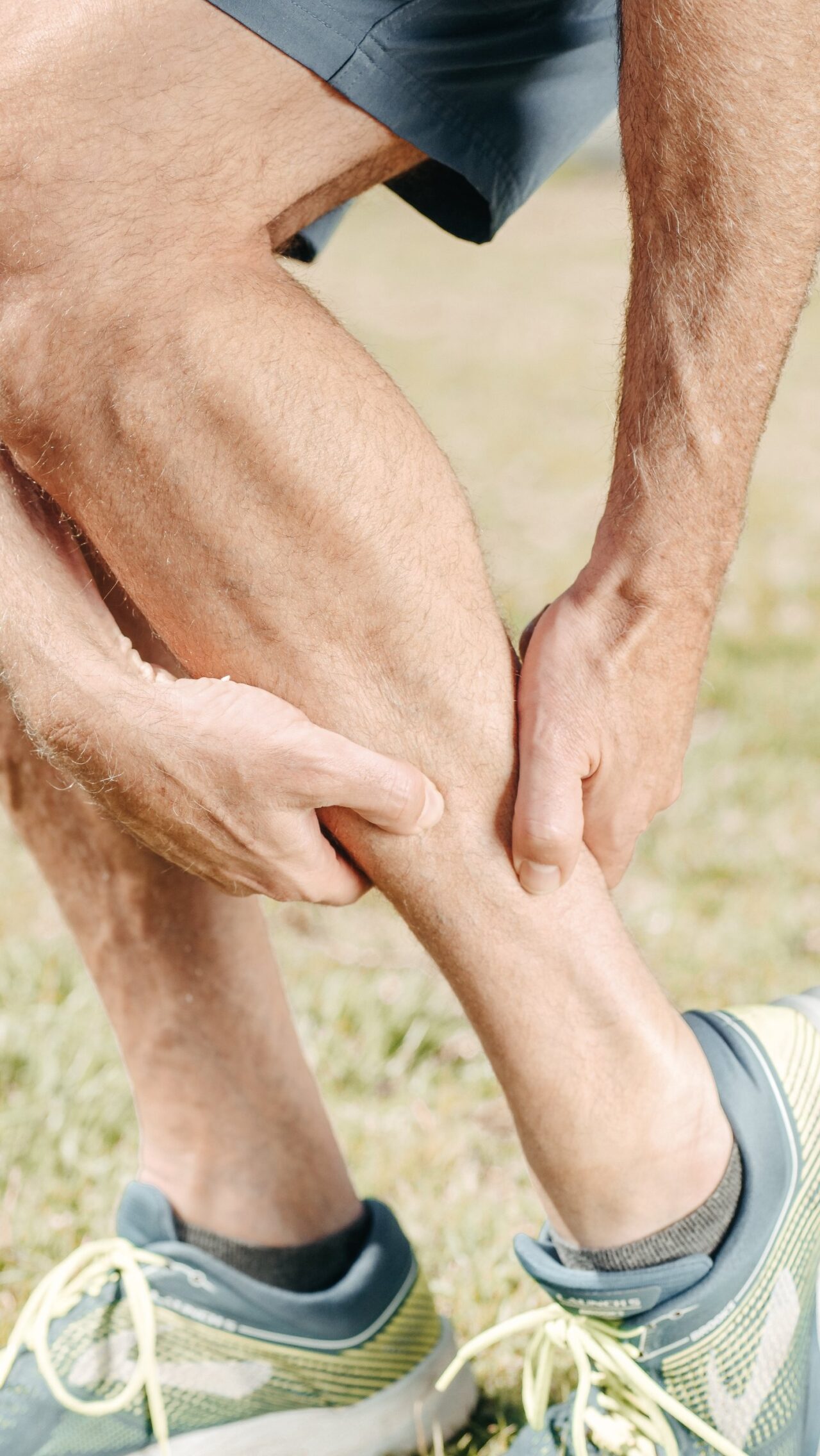Death, taxes, low back pain, and injury if you are a runner. With over 90% of runners reporting an injury preventing participation in training or competition running injuries fall into the when not if category. The vast majority of these injuries occur in the lower quarter and are overuse in nature involving tissues in the body such as bone (stress reaction or stress fracture), tendon (tendinopathy), muscle (strain), or joint pain. In our Boulder Physical Therapy practice, the answer is rarely, with the exception of bone injuries, to stop running but instead modify training volumes to meet the current capacity of the injured tissue. Like many athletes, runners feel lost without their daily run workouts. Here is a list of the top 5 things to focus on after a running injury.
Understand the injury – Ask the professional who took you off running what is the exact injury. Many injured tissues have grades of severity, how severe is this injury and what tissue is involved. Gain a better understanding of what you are or are not able to do at this point of the injury and recovery process. Is running, albeit at a lower volume, indicated or not indicated? What precautions are in place with this injury and which options are still available for training?
Work with a Physical Therapist – Physical Therapists are uniquely educated and trained to identify not only the injured tissue, but why you sustained an injury in the first place. What factors precipitated or perpetuated this overuse injury? A Physical Therapist can help you identify training errors, biomechanical factors through a running gait analysis, and muscle imbalances to address during your recovery from injury.
Be patient – Injuries take time to heal and recover. For example, injured achilles tendons can take up to 12 months to reach 100% tissue maturation. Understanding your injury and its’ healing timeframe will give you a better sense of how much treatment and time are required during your rehabilitation. Returning to running before the injured tissue is ready can lead to future episodes in and some cases can make the injury worse. Utilize a Physical Therapist for treatment and to help accelerate your recovery from injury. Always remember the trajectory of recovery is never a perfect 45 degree line over time. Instead it often resembles the stock market in an average year, up and down over time, but trending upward.
Take advantage of the down time – The silver lining of any injury is the time now available to make you a better runner upon a return to the track, pavement, or trails. Our Boulder Physical Therapy patients often are able to spend more time on core exercises, strength training, and most importantly cross training. Despite how runners feel about other forms of exercise there are many modes, depending on the injury, available to raise your heart rate. I often prescribe high intensity interval training allowing an athlete to still train their cardiovascular system as their injury heals. The cardiovascular intensity of running can easily by matched with properly prescribed intervals on a aerodyne type bike, rower, or pool workout.
Return to running with a plan – Work with a knowledgeable Physical Therapist and running coach on your return to running. I commonly see a rebound in pain and injury when this final step is neglected. Understand your injured tissue’s current workload from cross training or a return to run program and make smart progressions each week. Keep a detailed training log including training and recovery data, as well as, symptoms. Review your data each week before planning the following training sessions.
Click Here to schedule your next appointment with the experts at MEND

